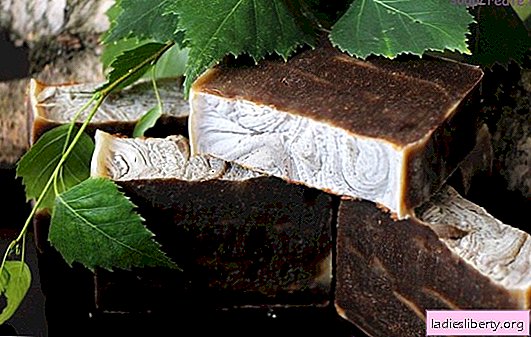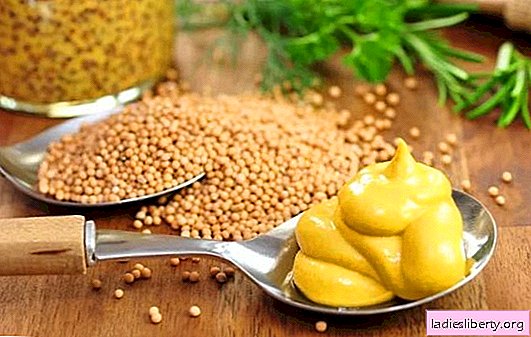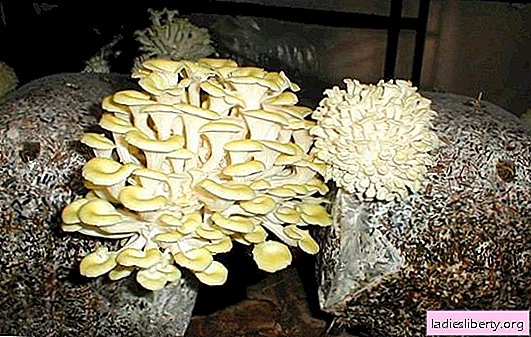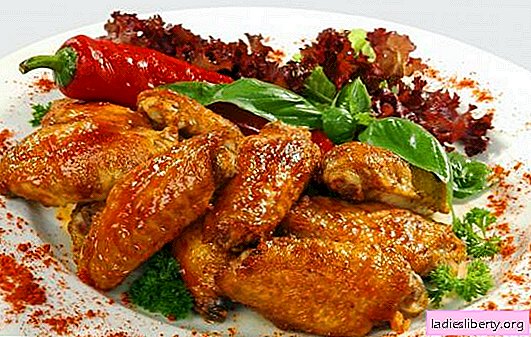
The joints of the fingers daily have a lot of stress, as they perform all the fine motor skills of the hands.
As a result, the joints of the hands are often exposed to various diseases.
Consider in more detail the symptoms of inflammation of the joints of the fingers and methods of treating this ailment.
Inflammation of the joints of the fingers: causes
Most often, inflammation of the joints of the fingers develops for the following reasons:
1. Progression of Raynaud's syndrome. In this case, the joints of the fingers will not only become inflamed, but also numb. Most often, this disease is diagnosed by pianists, as they place enormous loads on the fingers.
2. Polyosteoarthrosis of the joints of the fingers is also called "knotty finger disease". People with an age of forty to fifty suffer from this pathology. Most of all women are subject to polyarthrosis.
This disease makes up almost half of all diagnosed cases of inflammation of the joints of the fingers.
3. Rheumatoid arthritis usually affects people over the age of thirty. At the same time, statistics indicate that women suffer from it five times more often than men.
Rheumatoid arthritis develops after infectious diseases, hypothermia, flu, or severe nervous shock.
4. The psoriatic form of arthritis can affect people of different ages. As a rule, it is diagnosed in patients who previously had manifestations of psoriasis (the presence of dry crusts and spots on the skin, which eventually began to peel off).
5. Gout is more common in the male sex. Usually it develops on the joints of the legs (ankle and knee), gradually affecting the hands and joints (phalanx) of the fingers.
This disease can be asymptomatic for a rather long time, only occasionally manifesting itself. For this reason, in most cases it is diagnosed in an already chronic form.
6. Tenosynovitis is a disease in which the ligaments of the small muscles in the area of the fingers are inflamed. Most often, this pathology affects the thumb.
Tenosynovitis can be diagnosed in men and women, regardless of age.
7. Rhizarthrosis affects the joints of the fingers. As a rule, the thumb joint, which connects the wrist joint and metacarpal bone, is most affected by this disease.
The cause of rhizarthrosis is considered to be severe overwork or constant load on the fingers. Also, it is often confused with Tenosinovitis, since the symptoms of these pathologies are more than 80% similar.
8. Osteoarthritis of the joints of the fingers is often diagnosed by programmers, secretaries and pianists, that is, people who daily exert an active load on the fingers. Moreover, this disease affects the interphalangeal joints.
In its form, arthrosis can be primary and secondary.
Primary arthrosis can develop due to such factors:
• malnutrition of cartilage;
• genetic predisposition to arthrosis;
• taking certain medications;
• Finger joint wear.
Secondary arthrosis develops for the following reasons:
• chronic arthritis;
• gout, which is not treated;
• diabetes;
• synovitis;
• various diseases of the endocrine system;
• metabolic disease;
• lack of useful trace elements;
• previous injuries.
Inflammation of the joints of the fingers: symptoms and signs
Depending on the cause of the disease, inflammation of the joints of the fingers can have the following symptoms and manifestations:
1. In case of lesion with polyosteoarthrosis on the fingers (near the growth of nails) of the patient, small nodules form. Usually they have a symmetrical arrangement (on the left and right hands are located in the same places).
When forming these nodules, a person can feel pain and burning in his hands. Ingoda tumors turn red and become more dense.
2. Rheumatoid arthritis is characterized by swelling of the joints of the fingers. Also, inflammation can be accompanied by impaired motor function, pain and the appearance of a crunch in the phalanges of the fingers.
Pain in this case is usually observed in the evening and at night. The nature of the pain is aching, acute.
In addition, a person may suffer from fever, chills, weakness and sleep disturbance.
3. In case of damage to the fingers with psoriatic arthritis, severe swelling is formed on the diseased joints. At the same time, they become more like inflamed sausages.
Inflammation itself can occur on any one finger or several fingers at once. The nature of the location of inflammation can be different (symmetric and asymmetric).
4. Gouty arthritis has a wave-like course. In this case, the pains are paroxysmal in nature and happen unexpectedly (usually at night). The affected joint itself in this condition blushes and swells. The motor function is partially impaired.
5. Tenosynovitis is accompanied by pains at the base of the joint of the thumb, which occur spontaneously or after exercise. The disease proceeds for a long time, slowly affecting the joint.
6. With the progression of arthrosis, the tissues of the joints dry out and begin to crack. Under the skin, noticeable nodes develop. As a rule, such neoplasms no longer pass.
If arthrosis is not treated, then the bone tissue of the thumb in the affected joints begins to harden. Outgrowths develop on it. Because of this, a person loses the ability to move his fingers. Crunch, swelling and severe pain gradually develop.
Inflammation of the joints of the fingers: diagnosis and treatment
If the first symptoms of inflammation of the joints of the fingers occur, you need to contact a traumatologist as soon as possible. Usually, the doctor notices all the signs of the disease immediately (swelling, impaired movement, redness, etc.). To confirm the diagnosis, the specialist needs to collect a medical history and assign such studies:
1. Ultrasound of the affected fingers.
2. General blood test.
3. Radiography.
Drug treatment is selected based on the patient's symptoms and the cause that caused the inflammation of the joints of the fingers.
Traditional therapy involves the following:
1. With an initial degree of neglect, inflammation can be treated with warm compresses and physiotherapy.
2. With signs of inflammation, anti-inflammatory drugs are prescribed.
3. If the patient has a characteristic crunch in the joints, then some drugs for intra-articular administration and electrophoresis may be prescribed.
4. For severe pain, analgesics are used.
5. At high temperatures, antipyretic drugs should be prescribed.
6. In chronic pathology, the patient may be prescribed repeated courses of anti-inflammatory drugs.
7. Chondroprotectors and calcium are sometimes used.
8. It is very useful to use drugs to restore and strengthen joint tissues.
9. Often used non-steroidal drugs (Diclofenac, Ketoprofen, etc.).
10. If indicated, steroid drugs and injections may be prescribed. They will relieve inflammation and pain.
It is also recommended that a tight bandage be applied to the sore joint, thus recording all movements. The patient in the period of exacerbation of the disease should observe bed rest and eat well.
Inflammation of the joints of the fingers: treatment features
If the disease is not very neglected, you can practice traditional medicine. Her best recipes for joint inflammation are:
1. The implementation of warm baths for hands with the addition of essential oils of herbs. The duration of the procedure should not be longer than fifteen minutes.
2. Reception of tinctures from herbs that have anti-inflammatory effect (St. John's wort, flax seeds, calendula, chamomile).
3. Rubbing the diseased joints of the hands with sea buckthorn oil.
4. With severe swelling, fresh cabbage leaves can be applied to the sore fingers and wrapped tightly.
5. You can use alcohol tincture. To prepare it, pour Kalanchoe leaves with alcohol (500 ml). Insist for two days. The finished product is rubbed into the affected joint once a day. It can be used in the absence of high temperature.
Before using traditional medicine recipes, it is advisable to consult your doctor, as in severe conditions, using some drugs may be contraindicated.
With timely diagnosis and treatment, inflammation of the joints in the fingers can be quickly eliminated.











